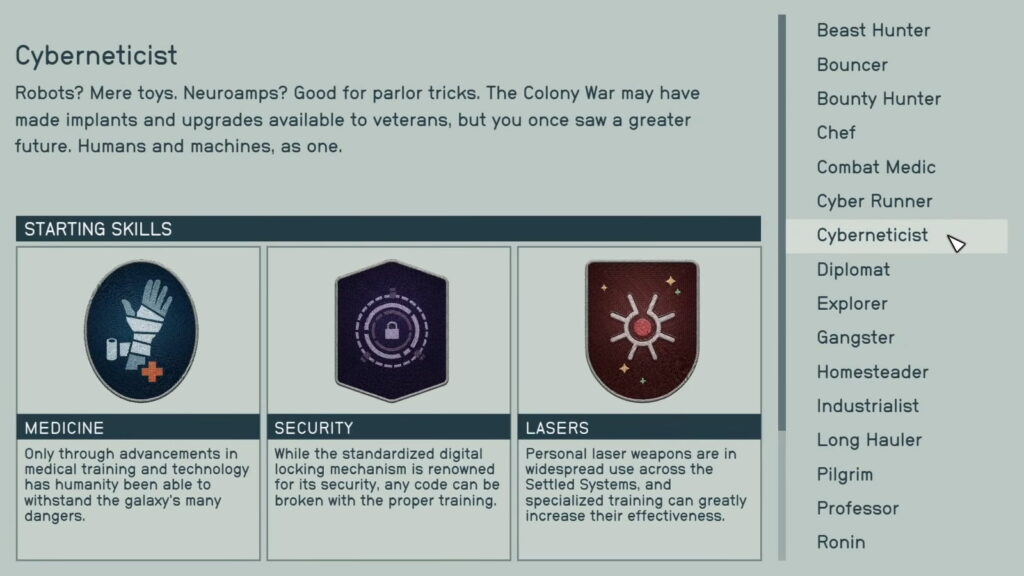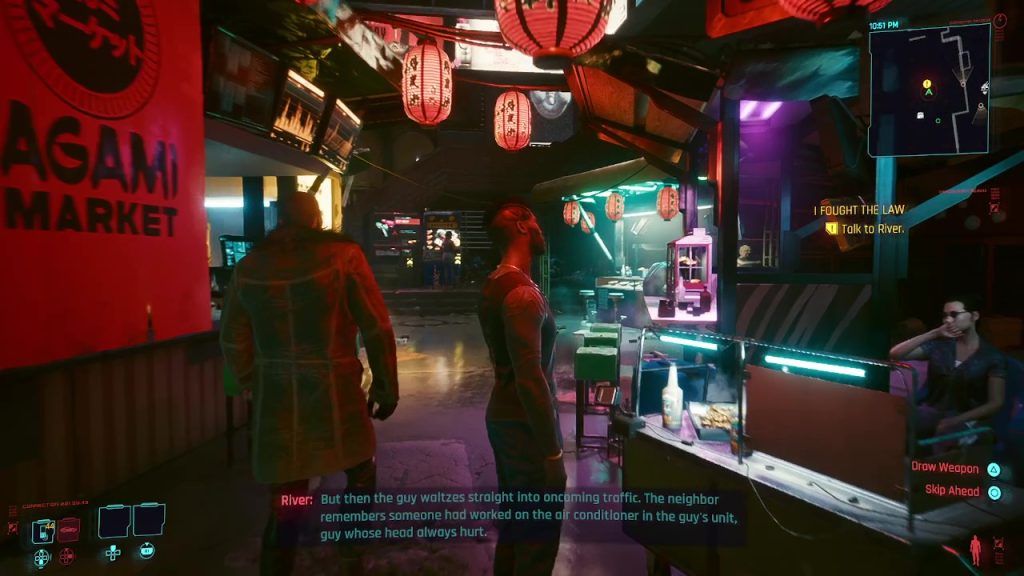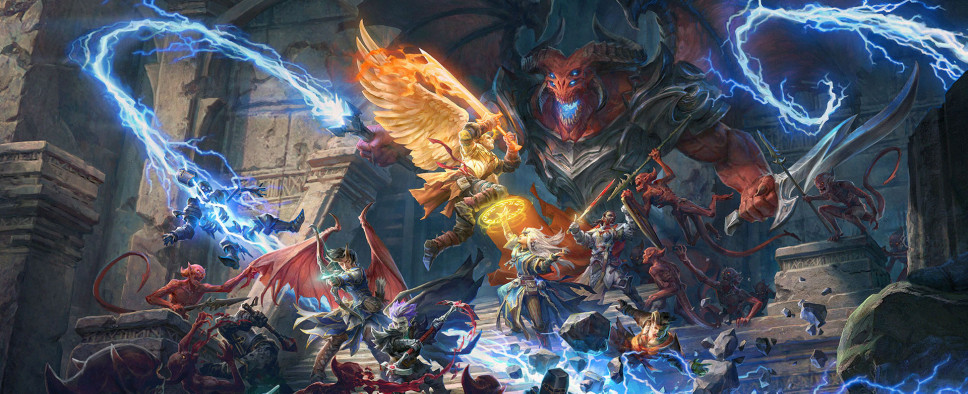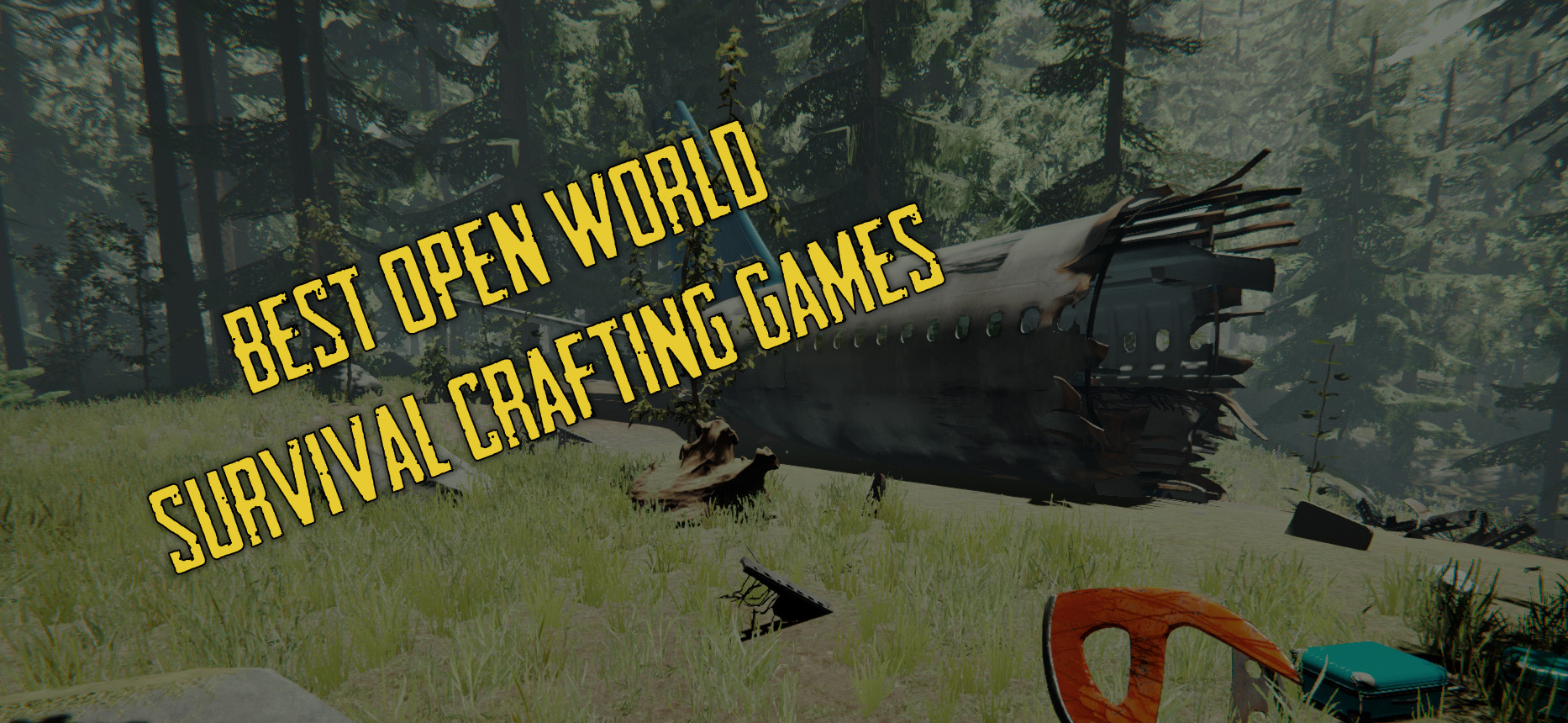Introduction
Proper grid-based dungeon crawlers are a rare breed these days while cyberpunk settings and roguelike elements are all the rage. So, when RuneHeads and 1C Entertainment announced Conglomerate 451 - a game that combines all of the above - we promptly put it on our radar. And with the game now broadly available, we made a point of taking it through its paces to see just how well it ticks each of those boxes.
Systems and Gameplay
Conglomerate 451 puts you in the cybernetically-enhanced shoes of an individual who runs an agency that uses freshly cloned soldiers to deal with corporate insubordination. More often than not, said insubordination is expressed by hiring an endless supply of cyber-thugs and trying to take over a strategically-important district of a futuristic-looking city.
In practical terms this means you and your merry band of bald one-week-olds have to gradually decrease corporate influence throughout the city by going on a series of missions in either an endless mode that lets you fight indefinitely, or a story mode where you have 75 weeks to defeat four major corporations and uncover some truths about the game’s world. Each of the game’s procedurally generated missions takes one week to complete and once you’re done with them, you get one of three endings that offer a short cutscene and serve as a convenient jumping off point for the game.
Between missions, you get to manage a home base similar to something like Darkest Dungeon or the new XCOM titles. You upgrade your squad, research new technologies and maintain medical facilities. To do all this, you have three different resources you earn by doing missions and selling excess gear.
From time to time you will also receive special assignments that allow you to level up some backup troops. On top of that, you will be tasked with decrypting a number of so-called memory echoes. These echoes serve as a bit of a money sink and in return offer some general lore.
The actual missions offer varied but always pretty basic objectives, like kill a certain target, find some item, or wipe out every enemy on the map. These missions are all procedurally-generated, and while the game features a decent number of tilesets, the basic building blocks are fairly limited, which leads to a lot of samey levels.
Before you even get to the mission itself, you’re given a choice to explore the neighborhood surrounding your target. There, you can fight some minor battles and encounter some select vendors. These vendors buy and sell upgrades, hacking software and drugs of all kinds. And while theoretically this adds some extra exploration to your plate, after a while this becomes a chore, since every time you have stuff you want to sell, you need to go and manually explore a new area, which takes time but doesn’t offer any real challenge.
Another thing you can discover during the city sections are these terminals that allow you to influence the upcoming mission in some way. There’s a number of basic options like paying to reveal the map, and some advanced ones that give you a certain bonus in exchange for some added challenge.
Once you actually get to a mission, your squad of three clones has to complete the objective while unlocking or hacking doors, fighting corporate lackeys in a turn-based fashion, looting assorted strongboxes, and scanning the area for secret stashes.
All of the above is fairly competent, but despite that, the game seems to be missing a bit of what makes dungeon crawlers so engaging in the first place. You see, Conglomerate 451 is a very straightforward game. Each of its missions consists of you going down grid-based corridors, fighting a bunch of chromed-up mooks, playing a few hacking mini games, and pressing shift from time to time to highlight all the secret loot.
What you don’t get there are any secrets or puzzles. You don’t have to deal with any traps or mysteries. And even the enemies themselves just sit in pre-determined spots without ever moving, which makes a stealthy approach not exactly viable. All of Conglomerate 451’s roguelike elements also seem limited to procedural generation of levels and perma-death mechanics for your clone troopers.
The game’s loot also deserves a separate mention since as opposed to new gear, you actually loot what is essentially attachments for your existing stuff. You upgrade the gear itself by researching new tech between missions. As a result of this approach, instead of legendary guns, cool item sets, and unique prototype equipment, you simply go around picking up all sorts of color-coded doodads that merely boost your crit chance or damage.
When it comes to combat, on the surface, Conglomerate 451 offers a deep system of cross-class synergies and careful tactical choice where you have to consider your party composition and loadout. In reality, what you have to do is get some tough characters and start spamming their strongest attacks. Provided your gear is half-decent, this will carry you to victory ten times out of ten on the normal difficulty. On hard, you may consider using some drugs or hacking your enemies to boost your squad’s efficiency, but at the end of the day, each fight will still essentially boil down to a gear check.
Now, there’s no shame in a dungeon crawler having a basic combat system, but when that’s the case, we usually have to deal with some long-term strategic resource management instead. Conglomerate 451 tries to implement something like this by giving you an energy bar that you spend on hacking actions and to recharge your shields, but seeing how hacking is rarely needed and there are classes that can recharge shields for free, this doesn’t really mean much. The game also features long-term injuries and mental ailments, but once again, those can be easily circumvented by killing all your enemies before they can start really damaging your party.
Upon completing a certain number of missions, your clones level up, which improves their stats and lets you choose some perks that, just like many other things in this game, are fairly inconsequential. And seeing how most levels offer you the same three options over and over again, it’s easy to start wondering why the perk system even exists in the game.
In fact, the weirdest thing about Conglomerate 451 is how it has so many elements of a great game that just aren’t executed too well. The developers clearly have their hearts in the right place and they’re technically competent, but when it comes to systems, it’s like there was zero consideration for how they all worked and fit together.
So, let’s break down what Conglomerate 451 has to offer. It has multiple research trees, but they merely unlock new tiers of skills and items in a linear fashion. There’s plenty of loot, but all of it offers minor improvements for your pre-set gear. The game has numerous unique-looking enemies with their own strengths and weaknesses, but you’re never in a situation where you have to adjust your strategy depending on who you’re fighting. The leveling system exists, but offers negligible upgrades. There are plenty of physical and mental ailments but it’s very easy to never get afflicted in the first place. You can target different body parts in combat, but the bonuses you get for that are so minor, that aimed shots are generally not worth the lowered hit chance.
In the end, I guess I wish RuneHeads focused more on the drawing board stage of development. Played a bunch of other dungeon crawlers and roguelikes to see what worked there. Memorized Snow Crash and Neuromancer by heart. Brainstormed systems until smoke came out of their ears.
Had they done that, considering Conglomerate 451’s solid foundation, it could have ended up great. As it stands, the game is merely alright. It’s not particularly bad, but it could have easily been so much better.
Technical Information
The game was clearly created on a tight budget and so you shouldn’t expect it to have cutting edge visuals, but it still manages to look pretty decent. Enemies all have unique designs, the tilesets are varied and distinct, and everything you see pretty much screams cyberpunk.
The soundtrack is also quite fitting. It’s not exactly in the Deus Ex or Frozen Synapse ballpark, but it gets the job done. On the other hand, sound effects are weak and entirely forgettable. The game also features some limited voice acting, mostly coming from a drone that follows your squad around, and the only good thing I have to say about that drone and its voice acting, is that there’s a separate audio slider in the options menu that lets you mute it.
Speaking of options, the game has one that allows you to skip combat animations and another one that turns off head bobbing. Both of these are always good to have in my book.
During my playthrough the game mostly ran well and I didn’t encounter any crashes or major bugs. There was a particular set of levels where my framerate drastically dropped for no good reason, and from time to time enemies got stuck for a few seconds while trying to move, but other than that I didn’t notice anything broken or out of place.
The game was created by an Italian team and unfortunately the English version is far from perfect, especially when it comes to some of the skill descriptions. You can still understand it all, it just sounds a bit unnatural.
Seeing how Conglomerate 451 fancies itself as a bit of a roguelike, your progress only gets saved between missions and when you quit the game. And while not ideal, seeing how missions generally take somewhere between 10-30 minutes to complete, it’s not a particularly huge deal.
Conclusion
When all is said and done, Conglomerate 451 is a peculiar game where good ideas are counterbalanced by questionable execution. As a result, it’s very hard to love this game, but it’s even harder to outright hate it. It’s playable, competent, and can even be fun in short bursts.
So, even despite some rough edges and baffling design decisions, Conglomerate 451’s bite-sized mission structure lends itself fairly well to booting the game up, playing a mission or two and calling it a day. And seeing how we’re not spoiled for choice when it comes to dungeon crawlers these days, sometimes that’s all you can ask for.























